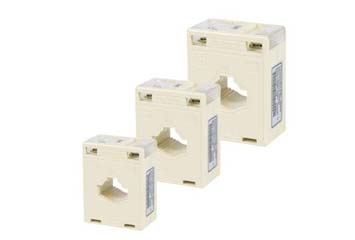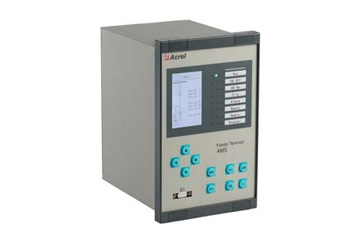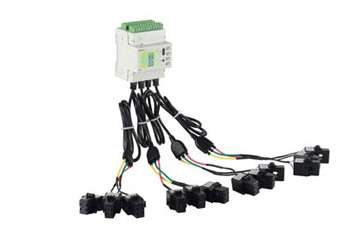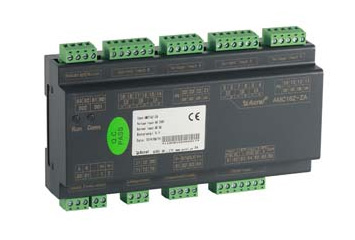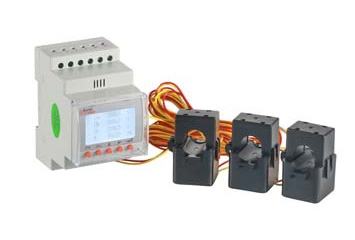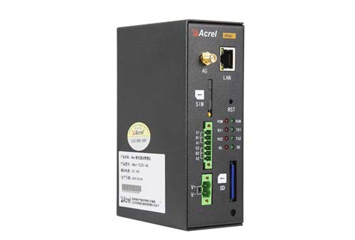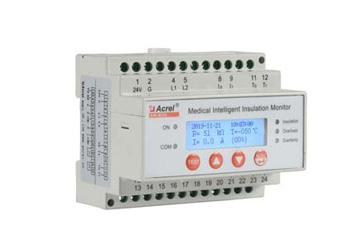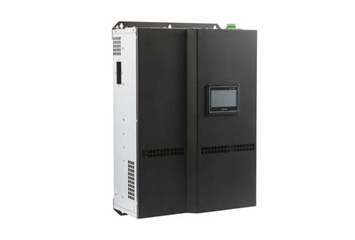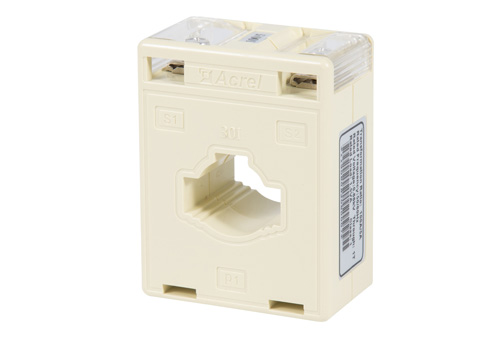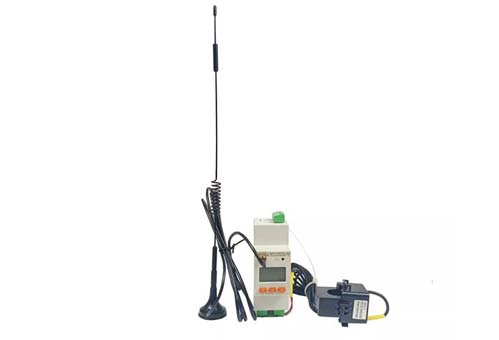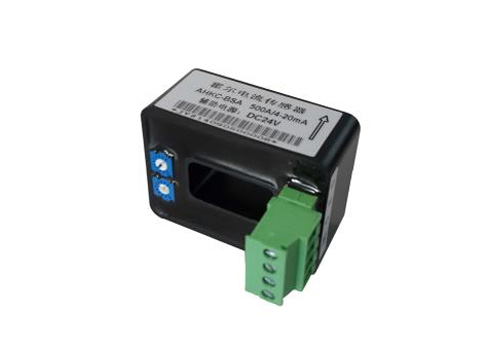What are leakage relays and leakage circuit breakers?
Regardless of slow or sudden changes in the current of the power supply line, when the leakage current reaches the rated action value and continues to exist, the leakage relay will trip. After the delay, if it is detected again, it should trip again and remain locked, so as to achieve true once automatic reclosing. At this time, the setting of the rated leakage action value can be adjusted by the user according to the size of the leakage current of the power supply line in various places and the sensitivity can be set to 2-3 gears in the dry and rainy seasons respectively, and the reclosing delay time can be around 30s, taking into account the stability and reliability of operation and the leakage protection function.
When the leakage current of the power supply line reaches the rated action value and the leakage protector trips, if the leakage current is less than the rated value or even disappears within the delay time, the leakage electrical circuit protector should automatically reclose and maintain normal operation, so as to ensure effective action and avoid interference, improving the continuity and stability of power supply.
The action time of the leakage relay should be appropriately extended to avoid the interference caused by the instant on-off of electrical equipment on the power supply line, and to take into account the coordination with the graded protection and the household end leakage relay, so as to avoid over-jumping. Users can choose products from the same manufacturer and ask the manufacturer to deal with the coordination of graded protection when leaving the factory, thus solving the worries during operation.
Leakage protection consists of zero-sequence current transformer (sensing part), operation controller (control part) and electromagnetic tripping device (action and execution part). All phases and neutral lines of the protected main circuit pass through the iron core of the zero-sequence current transformer to form the primary side of the zero-sequence current transformer. According to Kirchhoff's current law, the current flowing into any node is always equal to the current flowing out of this node, that is, the vector sum of the current flowing into any node is zero at any time.
The working principle of the zero-sequence current transformer is to sense whether the vector sum of the instantaneous current of the primary side is zero. When an insulation fault occurs in the protected circuit and there is leakage current to ground on the load side, i.e. the vector sum of the zero-sequence current transformer is not zero, an induced voltage is generated in the secondary winding of the zero-sequence current transformer. After the signal is processed by the operational controller, when the leakage current reaches the set action value, the thyristor is driven to switch on the power supply of the electromagnetic tripping device, causing the circuit breaker to trip, thus achieving the function of the leakage protector. According to the working principle of the leakage circuit breaker, it cannot protect against two-phase contact electric shock at the same time.
What is the difference between the leakage relay and the leakage circuit breaker?
The leakage circuit breaker disconnects the circuit when the current is too large. It is combined with the contactor and has a very low load, almost all in milliamperes. It is generally used in circuits that combine zero and ground. The leakage relay, on the other hand, generates an electromagnetic force when the current passes through the coil, attracting the iron piece on the contact to make it conductive. Both of them cut off the power supply.
Leakage Relay
It can carry out phase detection and voltage detection functions. It is generally composed of the leakage relay main body and zero-sequence transformer. The detected line should be gathered into a bundle and passed through the zero-sequence transformer. The lead of the zero-sequence transformer should be connected to the main body of the relay. Its advantages are that it can set and change the leakage protection (with dial switches). The tripping program can be set flexibly, and it has multiple functions.
Leakage Circuit Breaker
A circuit breaker with leakage protection function, zero-sequence transformer and breaking device integrated. Its advantage is the simple application, and it can be combined with overload and short circuit load isolation, etc. The disadvantage is the low controllability (leakage automatic segmentation). It is widely used in various occasions where electric shock needs to be prevented.
In short, both protective devices provide leakage protection, and there is no essential difference in their principles and functions. The main difference lies in the structure, installation, use and application situation.
 English
English
